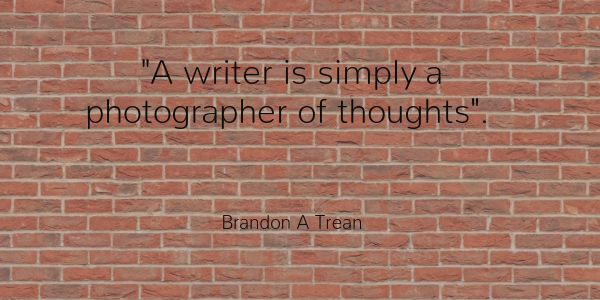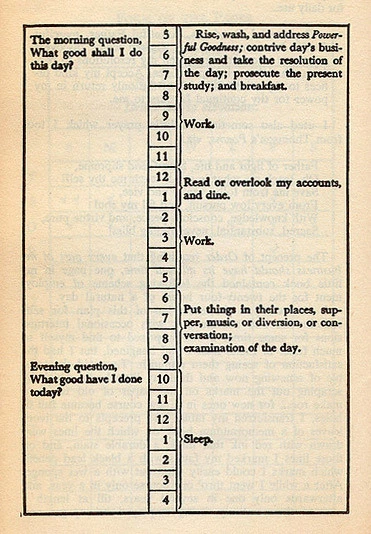Developing engaging, creative content is a big part of the B2B marketing gig, so establishing a writing routine that sticks is essential. But creativity on demand is no easy feat—especially when it has to hit key marketing requirements and move customers through the buyer’s journey.
The sheer amount of content chaos that’s running rampant in most organizations adds another level of creative challenge as teams are unclear on how to leverage or repurpose existing content in a more useful way.
Welcome to the content jungle, baby! It’s time to find your way by using a tried-and-true method: a consistent writing routine.
When teams develop and use a simple writing process, they can be more proactive in developing relevant content that serves many purposes, rather than just being reactive in order to fill one need at a time.
Here are simple insights on how to develop a realistic, consistent writing routine that inspires you to take the customer experience to the next level.
First, get organized in order to see the big picture of current content.
While brainstorming and coming up with ideas is fun, taking stock of your existing content is a must. Categorize and tag it with keywords, and get rid of drafts or old material that no longer fits the current brand focus. Then, review what you’ve got left and see how it maps to the buyer’s journey.
Some simple organizing ensures that you are developing relevant content to fill the gaps based on the customer perspective. Commit to a quarterly or semi-annual content review to keep things fresh, relevant, and organized.

Experiment to find your peak creative time, and then maximize it.
Deadlines don’t dictate creativity, but they can enhance or squelch it.
Experiment with the writing times that work best for you and take note of how they correlate to the level of “creative stress” required to maximize flow and productivity. Then build a writing routine around what you discover.
Having to work within deadlines is inevitable, but knowing that writing is easier for you at a certain time of day, or that a cup of coffee or tea serves as your “creative jet fuel” can help you settle into a writing routine more quickly.
“I had a ritual once of lighting a candle and writing by its light and blowing it out when I was done for the night.”—Jack Kerouac
It also helps if you can define your writing “ritual” with a simple process that signals the beginning and end of your creative time, like Kerouac did.
Pick a daily writing focus or goal.
Marketers need to write diverse content, and the easiest way to do this is to start with one main idea or marketing campaign and then write the related material required for each content channel.
This enables you to dive deep and focus on one key idea, fine-tuning a core message in one sitting while your focus is fresh.
Don’t forget to factor in specialized keywords!
Related Content: 3 Tips on Effective SEO
Aim for a manageable daily word count that reflects quality instead of quantity and builds in editing time.
It’s easy to “go for the gold” to meet a word count. But writing quality content in chunks can help you focus and meet mini-deadlines with less stress, while also building in time for editing and tweaks.
“You can’t edit a blank page.”—Jodi Picoult
Break big content projects into smaller posts or chunks that you can complete in a day or afternoon; then review them in the morning with a fresh mind.
Take an idea, leave an idea, and be flexible.
Not every idea is going to strike it rich, and writing isn’t easy. If you feel like you are forcing something to fit, it might be time to step away and rethink it, or switch it out for something else.
Allowing space for the creative focus of your content to shift can go a long way toward crafting a smoother marketing rollout overall. Think of it this way: if a certain piece of content keeps giving you problems, chances are that potential clients will have problems with it too.
Stay open to change during the writing process to address content “plot holes” that you didn’t see initially.

Understand your unique environmental cues, and silence distractions accordingly.
As humans, we all have our creative quirks. Having a job does not erase them, and ignoring them can limit your range of capability. It’s important to honor yourself and put your creative needs first by paying attention to what will help you focus.
Want to block out white noise in the office? Get some comfortable, noise-canceling headphones. Do disruptive email notifications keep popping up on the screen? Silence them for an hour or two. Have a lot on your plate? Tell coworkers you are “going silent” for a few hours.
Knowing what you need to be successful and communicating those needs clearly will go a long way toward supporting a healthy writing habit.
And if you still need a little extra inspiration, here’s a copy of Ben Franklin’s daily routine, which was uses a question-and-answer format—another great approach.

One of the most important things to remember when building your writing routine is that we all need downtime away from the desk.
Remember to get up regularly for a drink or snack, stretch at your desk, or maybe even do a weekly “walking meeting” with other members of your B2B marketing team. The simple act of brainstorming on the move can get creativity flowing and make it easier to develop a writing routine that sticks.

